
Programming Languages
Programming Languages 0 - Now
-
Machinecode
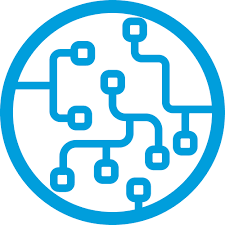
Year: 1940-1950
Developer: N/A
Machine code represents the very first programming language ever created. It consists of binary instructions understood by computers without any intermediate translation. Each command corresponds to a specific operation on the hardware, making it the most primitive form of programming.
-
Assembley Language

Year: 1950
Developer: Various
Assembly Language is a low-level language that directly communicates with computer hardware. It uses symbolic representations of machine code instructions, making it easier for programmers to understand and communicate with the hardware. This language is often used for programming on a specific architecture.
-
Fortran

Year: 1957
Developer: John Backus
Fortran, short for "Formula Translation," was the first higher-level programming language ever developed. It was specifically designed for scientific and technical computations and introduced concepts such as arrays and loops, making complex calculations easier to perform.
-
Lisp

Year: 1958
Developer: John McCarthy
Lisp is known for its focus on symbolic processing and early development in artificial intelligence (AI). It supports recursion and has powerful list processing capabilities, making it well-suited for symbolic manipulation and the creation of AI algorithms.
-
COBOL
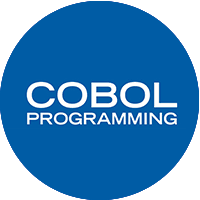
Year: 1959
Developers: Grace Hopper, ANSI
COBOL, which stands for "Common Business-Oriented Language," was designed for business applications. It is still in use in financial systems and other business-critical software due to its emphasis on readability and comprehensibility.
-
BASIC
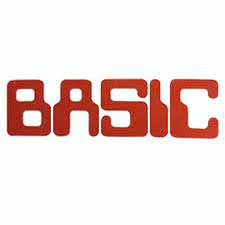
Year: 1964
Developers: John G. Kemeny, Thomas E. Kurtz
BASIC, an acronym for "Beginner's All-purpose Symbolic Instruction Code," was created to make programming accessible to beginners. It has a simple syntax and is often used in education and for creating simple programs.
-
C

Year: 1972
Developer: Dennis Ritchie
C has been influential in system software development due to its efficiency and portability. It provides a powerful set of features and is often used for writing operating systems and embedded software.
-
C++
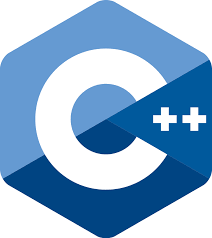
Year: 1983
Developer: Bjarne Stroustrup
C++ is an extension of C with object-oriented capabilities. This allows programmers to build complex software using objects and classes, and it is popular in game development and system software.
-
Java
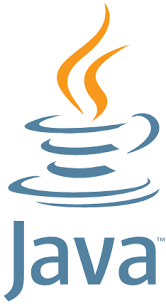
Year: 1995
Developer: James Gosling, Sun Microsystems
Java was designed for platform-independent development, allowing the same code to run on different operating systems. It is often used for web and mobile applications.
-
JavaScript
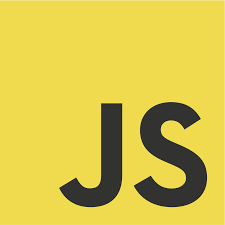
Year: 1995
Developer: Netscape Communications Corporation
JavaScript is the standard language for web development, allowing developers to create interactive web pages. It runs in the browser and provides dynamic functionality.
-
Python
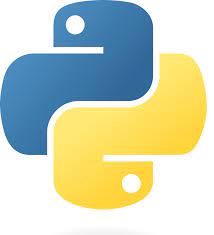
Year: 1991
Developer: Guido van Rossum
Python is known for its readability and simple syntax, making it an excellent choice for beginners. It is versatile and has a broad community support, contributing to its popularity.
-
Ruby

Year: 1995
Developer: Yukihiro Matsumoto (Matz)
Ruby is known for its elegance and productivity. It is popular for web development and scripting and has a strong community of users and developers.
-
PHP
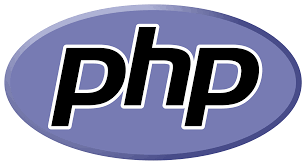
Year: 1995
Developer: Rasmus Lerdorf
Originally designed for web development, PHP is widely used for creating dynamic web pages. It is tightly integrated with web technologies such as databases and HTML.
-
C#

Year: 2000
Developer: Microsoft
C# was developed by Microsoft and is popular for Windows applications and game development. It offers powerful capabilities for building desktop and server applications.
-
Go (Golang)

Year: 2009
Developer: Google
Go is designed for efficiency and scalability and is popular for web and system development. It provides strong support for concurrency and simple language constructs.
-
Rust
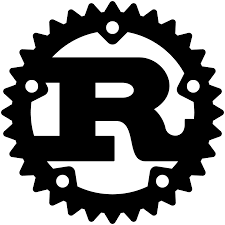
Year: 2010
Developer: Mozilla Research
Rust is designed for system programming with a strong emphasis on safety and performance. It offers features to prevent memory errors and data races.